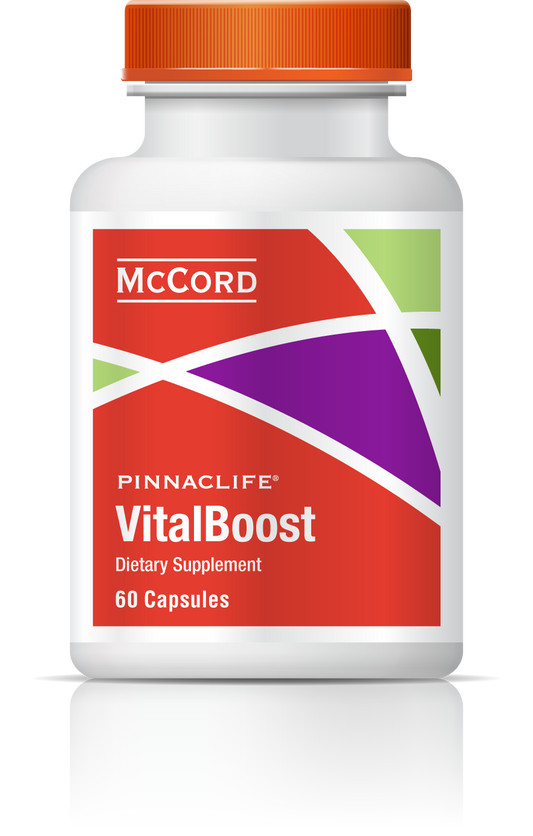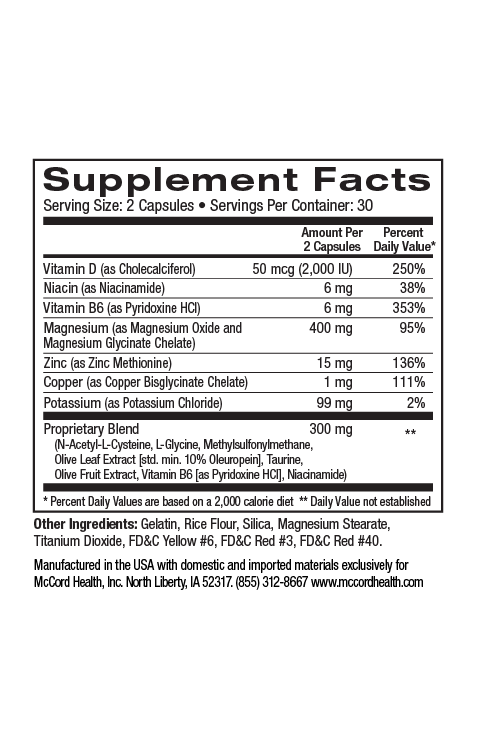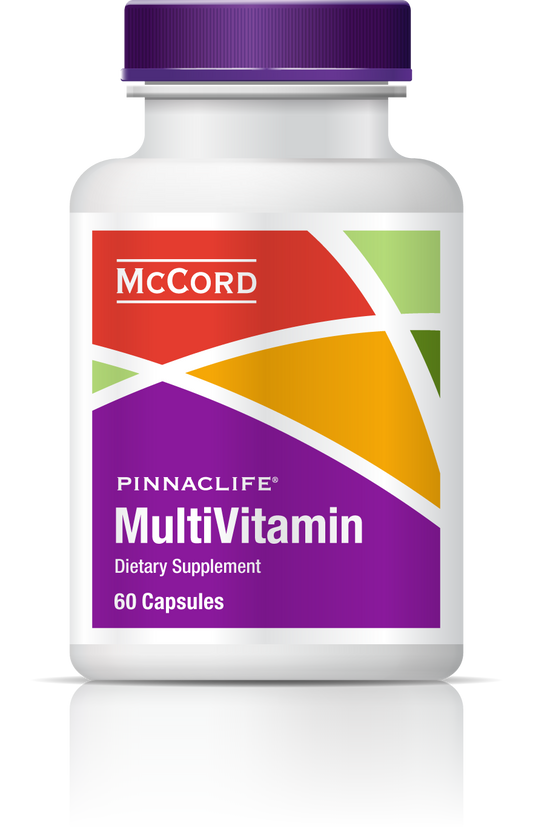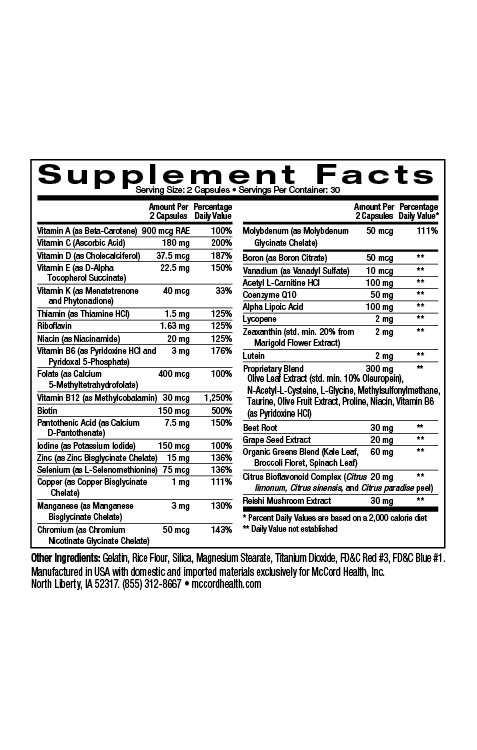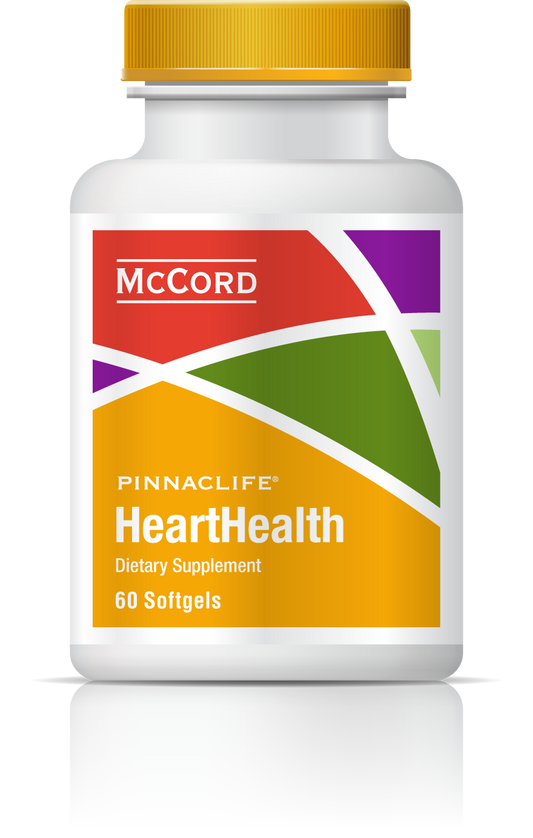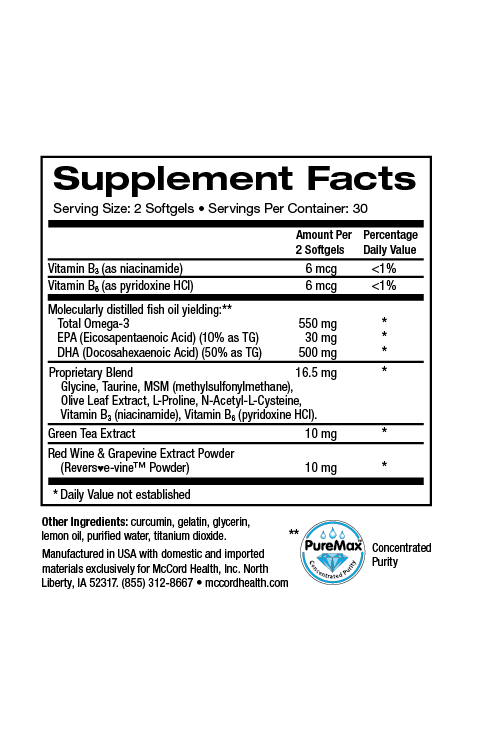Knowing how to select a quality vitamin supplement is important for your safety and efficacy, but difficult conflicting information, hundreds of products, and bad research can complicate the process. How do you find a MultiVitamin that meets your needs? Here's advice from a nutrition-focused pharmacist.
- How many essential vitamins, minerals, and other nutrients does it contain?
- You cannot fit all the nutrients you need in a single capsule or tablet
- Avoid iron in multivitamins
- There are some forms of vitamins and minerals that are absorbed and tolerated better because they resemble the natural forms found in a healthy diet.
- Look for added beneficial ingredients (antioxidants, amino acids, etc.) while avoiding unsafe or unproven ingredients
Tell me More!
The vitamin aisle can be overwhelming, and even more so considering what's available online. How do you choose between vitamin supplements? Here are 5 easy things to look for to help you sort out some of the wheat from the chaff, so to speak - the possibly good from the definitely bad. Understand that not all vitamins meeting these requirements are guaranteed to be high quality products - there's much more that can and should be considered - but these 5 easy things to look for can help get you started down the right path.
1. How many essential vitamins, minerals, and other nutrients does the multivitamin provide?
There are a minimum of 13 essential vitamins and 16 essential minerals (listed below) that your body needs adequate amounts of in order to survive and thrive. Note that some of those minerals, like sodium, do not need to be supplemented because most people already get enough or too much in their diet. The list below identifies 6 minerals that most people will not need to supplement - so we will say there are 10 essential minerals to include in a vitamin supplement. There are even more essential nutrients when you start considering things like co-factors, antioxidants, amino acids, and trace nutrients.
Count up the ingredients on the label - it should have a bare minimum of 23 ingredients (i.e. 13+10 essential vitamins and minerals). The whole point of taking a multivitamin is to give your body those essential nutrients, so if it has fewer than 23 ingredients it's obviously falling short somewhere.1 You can find a better balanced and more complete product.
Essential Vitamins
- Vitamin A
- Vitamin C
- Vitamin D
- Vitamin E
- Vitamin K
- Vitamin B1 (thiamine)
- Vitamin B2 (riboflavin)
- Vitamin B3 (niacin / niacinamide)
- Vitamin B5 (pantothenic acid)
- Vitamin B6 (pyridoxine)
- Vitamin B7 (biotin)
- Vitamin B9 (folate)
- Vitamin B12 (cobalamin)
Essential Minerals
- Zinc
- Copper
- Manganese
- Iodine
- Selenium
- Molybdenum
- Chromium
- Potassium
- Sulfur (methylsulfonylmethane, n-acetyl-l-cysteine, taurine)
- Magnesium (bulky ingredient - discussed at the end of this article)
- Calcium (bulky ingredient that can block absorption of other nutrients - should be taken separate from a MultiVitamin)
- Iron (not recommended to include in multivitamins - see below for more information)
- Sodium (supplementation not necessary)
- Chloride (supplementation not necessary)
- phosphorus (supplementation not necessary)
- fluoride (supplementation not necessary)
2. How many capsules/tablets per serving?
Consider how many ingredients need to be included in a well-balanced multivitamin, and how much needs to be included to provide a significant dose: it is impossible to fit all of that in a single capsule or tablet that most people would be able to easily swallow without creating a choking hazard. Remember that each additional ingredient takes up room inside of the capsule or tablet, so generally the more ingredients on the label, the more capsules/tablets are needed to give you significant amounts.
A quality multivitamin will have more than one capsule or tablet per serving.
Please note: if your vitamin is only one capsule/tablet per serving, you SHOULD NOT just take an extra serving. Refer back to item #1 on this list - taking more of a poorly balanced vitamin can cause you to take too much of some nutrients while completely missing out on others. Find a properly balanced vitamin and only take the suggested serving size unless a licensed medical professional advises you otherwise.
A note on Gummy Vitamins
It's even harder to fit all of those ingredients into a gummy candy, so with gummy multivitamins you would likely need to eat over 10 pieces of candy to start getting into the same dosing range as just a couple of capsules - but again, that doesn't mean you should just take more gummies. Instead, find a vitamin with the proper balance of nutrients - preferably not in the form of candy.
3. Does the Vitamin Contain Iron?
Iron should not be in your multivitamin. The most common forms of iron used in multivitamins frequently causes stomach aches and constipation, and some people mistakenly attribute this to the multivitamin instead of the iron ingredient.2 Iron and other minerals like calcium can interfere with the absorption of other minerals - so including it in a multivitamin reduces the efficacy of the product.3
Iron is an important mineral - but you should only take it if the proper blood tests indicate you need it. Some people mistakenly believe low hemoglobin levels on a blood test means they need more iron, however a simple hemoglobin test is not enough to determine this.
Iron has been a leading cause of accidental poisonings and overdose through the early 1990's, especially in children, in part due to the inclusion of iron in flavorful candy-like vitamins. Occurrences have decreased with better product warnings and education, however it still remains a threat and highlights the fact that it's best to have your blood levels routinely monitored while using iron supplements.2
If a doctor tests your blood and determines you need to supplement iron, it is best to take it at least 2 hours apart from a multivitamin/multimineral supplement and with an acidic drink like orange juice to get the most out of it.
4. Vitamin and Mineral Forms
There is potentially a lot to look at here because you could analyze the specific form of each and every ingredient included in the product, but let’s just discuss a couple here that represent a good starting place.
Vitamin E
Natural dietary vitamin E comes in at least 8 different forms and that's how it should be included in your multivitamin. Look for the words "mixed tocopherols and tocotrienols" and that tells you it's using a mixture of the 8 natural vitamin forms.
One of these natural forms is d-alpha tocopherol that is commonly found in supplements, but what you want to avoid is the synthetic form that has a very similar name - "d,l-alpha tocopherol." Look for that little "L" and if you see it, avoid it. If the vitamin is using the synthetic d,l-alpha tocopherol instead of the 8 natural forms, that should tell you a lot about how the rest of the multivitamin was formulated.
Vitamin A
Similar to Vitamin E, there's several different forms of vitamin A but many low-quality vitamins use the cheapest option that tends to be the forms that have toxicity issues. It's listed several different ways on the label including vitamin A acetate, vitamin A palmitate, preformed vitamin A, retinyl acetate, or retinyl palmitate -these are the forms you should avoid, especially in doses over 100% DV. (Note: this is also the type of vitamin A found in fish liver oils and other animal sources).
Instead look for beta-carotene and/or mixed carotenoids. These are precursor forms of vitamin A found naturally in plants that your body easily converts to the active form when it's needed. The carotenoid forms do not have the same toxicity issues seen with pre-formed vitamin A. Note that some beneficial carotenoids like zeaxanthin and lycopene may be listed individually on the label because while they are similar to vitamin A, your body uses them in other ways.
Other vitamin forms to look for that can indicate a higher quality product:
- Methylated B12 (methylcobalamin instead of cyanocobalamin)
- Methylated folate (5-MTHF or methyl folate instead of folic acid)
- Amino Acid Chelates (also abbreviated "AA chelate") for example "manganese amino acid chelate (chelate is pronounced "key-late")
5. Other beneficial Ingredients in MultiVitamins
In #1 we told you to look at the essential nutrients, but also consider other nutrients that are known to play vital roles in health that can become depleted by medications, stress, illness, exercise, or poor nutrition. This includes nutrients like Coenzyme Q10 (CoQ10), carnitine, alpha lipoic acid, lutein, biotin, amino acids, and more. Additional antioxidant support from natural food sources can also be a great addition. However, it is best to avoid herbs that you and your healthcare providers aren't familiar with - especially in a product like a multivitamin where there are potentially dozens of other ingredients that all need to "play nice together." Stick to dietary nutrients and plant extracts from foods you are familiar with that would typically be found in a natural healthy diet.
A note on Pinnaclife Proprietary Blend MultiVitamin
Even though they are essential minerals, you may notice we do not include calcium or magnesium in the Pinnaclife Proprietary Blend MultiVitamin. We instead recommend supplementing calcium and magnesium separately by adding our VitalBoost product as a mineral boost in addition to the MultiVitamin. There are a couple good reasons for doing it this way:
- Magnesium is a very bulky ingredient that takes up a lot of room in capsules and tablets. If we were to add magnesium to the MultiVitamin in meaningful amount, we would need to increase capsule size and/or quantity per serving. We like to keep all of our supplements at a 2 capsule suggested serving size to keep things simple and consistent across the product line.
- Your doctor may tell you to take more or less magnesium based on your personal situation. Keeping magnesium separate from your MultiVitamin allows you to adjust your dose without worrying about changing your dose of the MultiVitamin.
We recommend adults take 2 capsules each of MultiVitamin and VitalBoost. If your doctor recommends that you need to take more magnesium you can increase your dose of the VitalBoost following your doctor’s recommendation.
References
- Fulgoni III VL, Keast DR, Bailey RL, Dwyer J. Foods, Fortificants, and Supplements: Where Do Americans Get Their Nutrients? J Nutr. 2011;141:1847-1854.
- Johnson-Wimbley TD, Graham DY. Diagnosis and management of iron deficiency anemia in the 21st century. Therap Adv Gastroenterol. 2011;4(3):177-184. doi:10.1177/1756283X11398736.
- Sandström B. Micronutrient interactions: effects on absorption and bioavailability. Br J Nutr. 2001;85(S2):S181.
Disclaimer: These statements have not been reviewed by the FDA. These products are dietary supplements and are not intended to treat, cure, or prevent any disease. The decision to use these products should be discussed with a trusted healthcare provider. The authors and the publisher of this work have made every effort to use sources believed to be reliable to provide information that is accurate and compatible with the standards generally accepted at the time of publication. The authors and the publisher shall not be liable for any special, consequential, or exemplary damages resulting, in whole or in part, from the readers’ use of, or reliance on, the information contained in this article. The publisher has no responsibility for the persistence or accuracy of URLs for external or third-party Internet websites referred to in this publication and does not guarantee that any content on such websites is, or will remain, accurate or appropriate.

